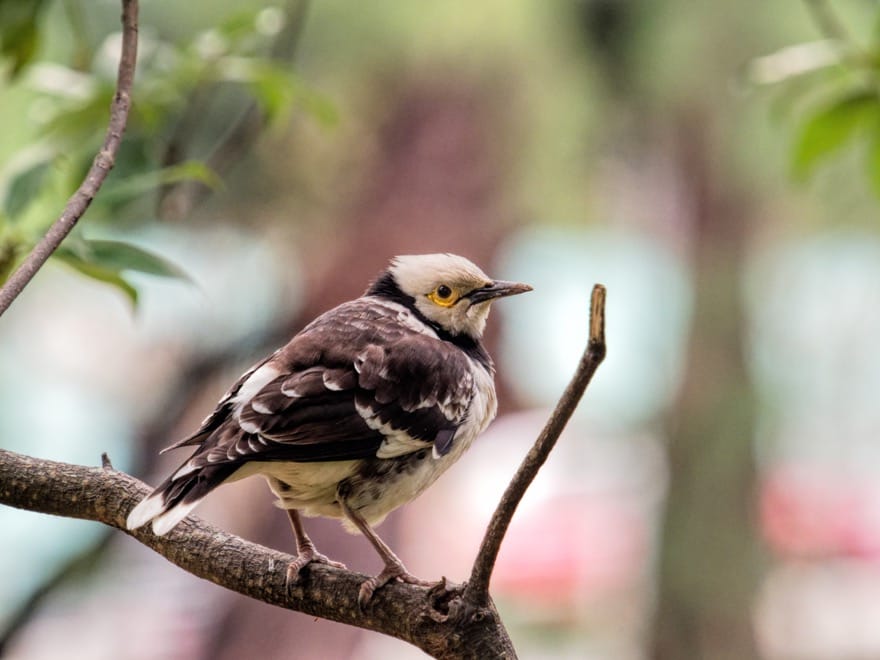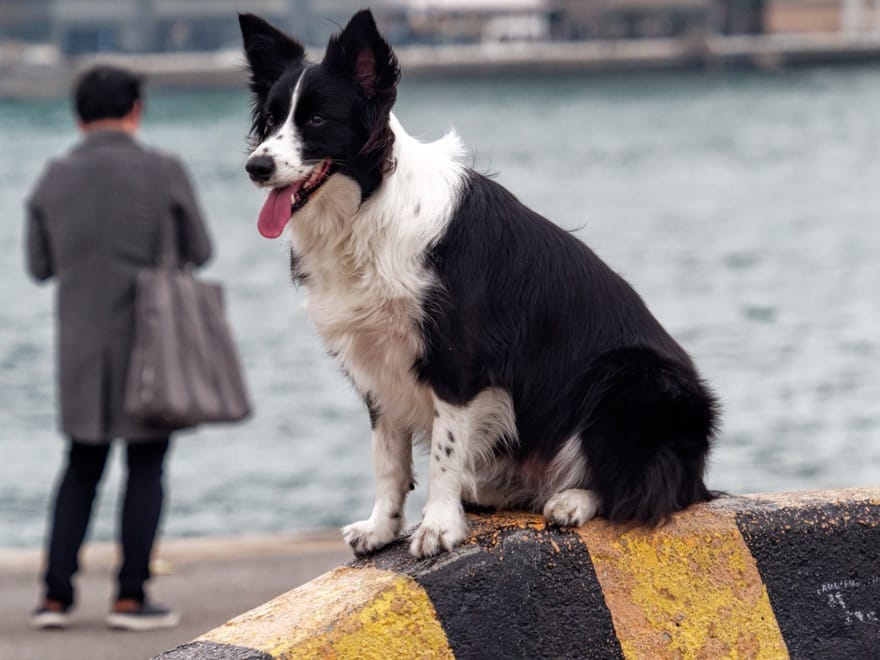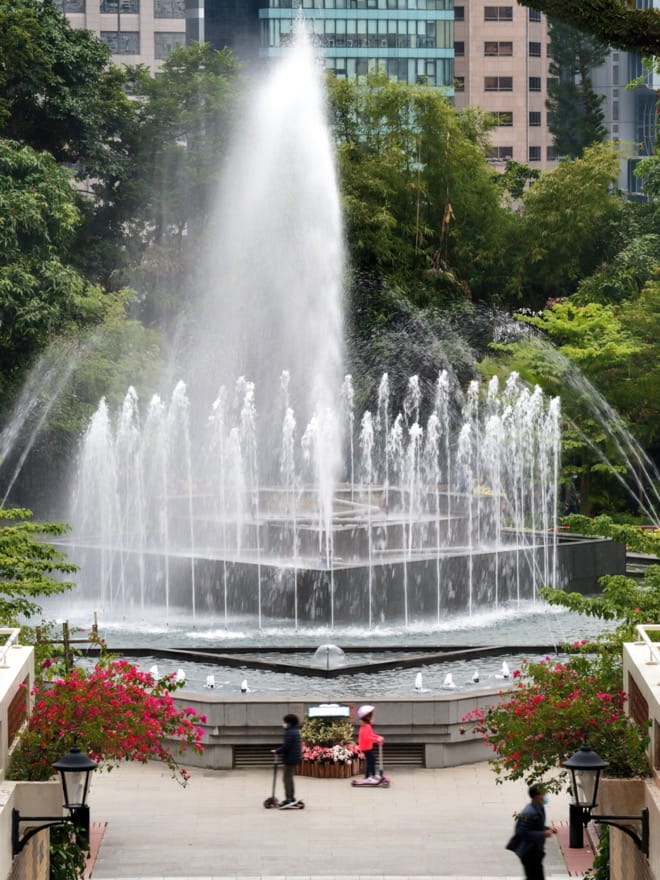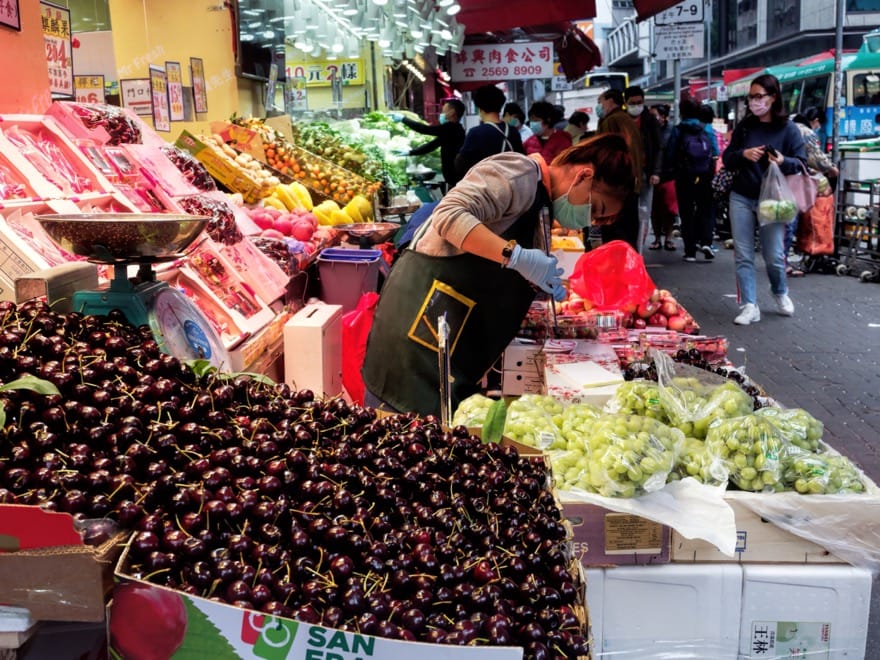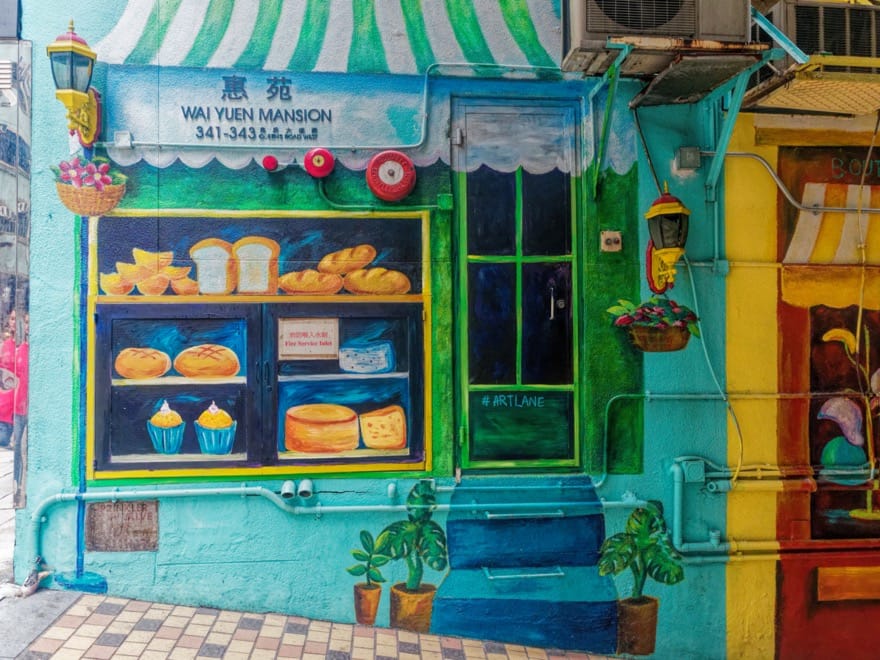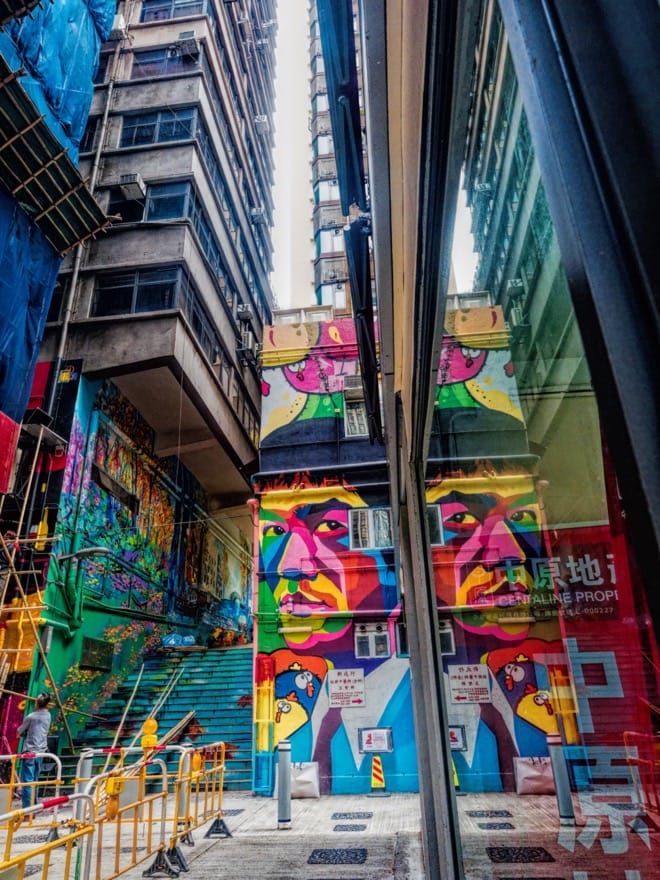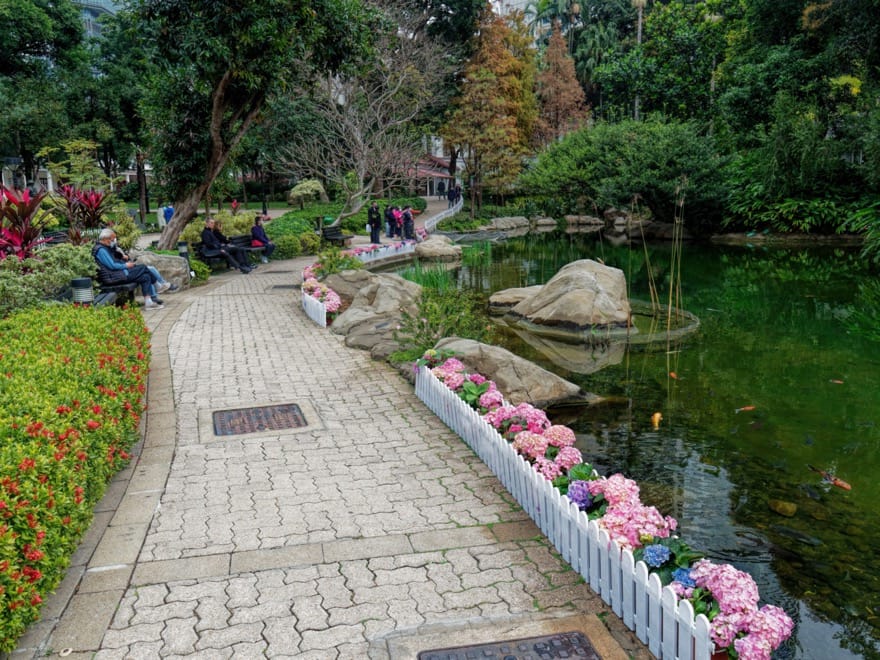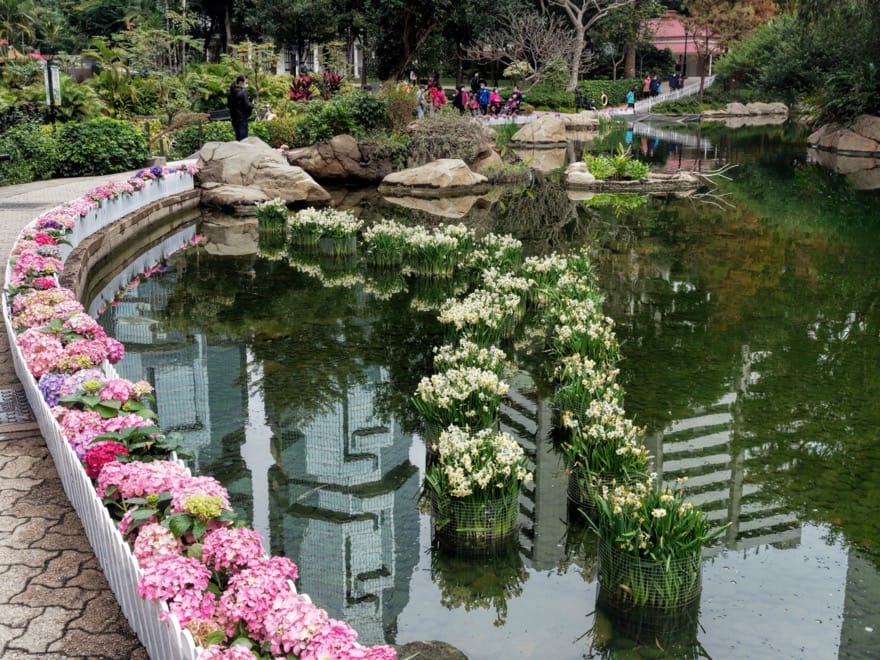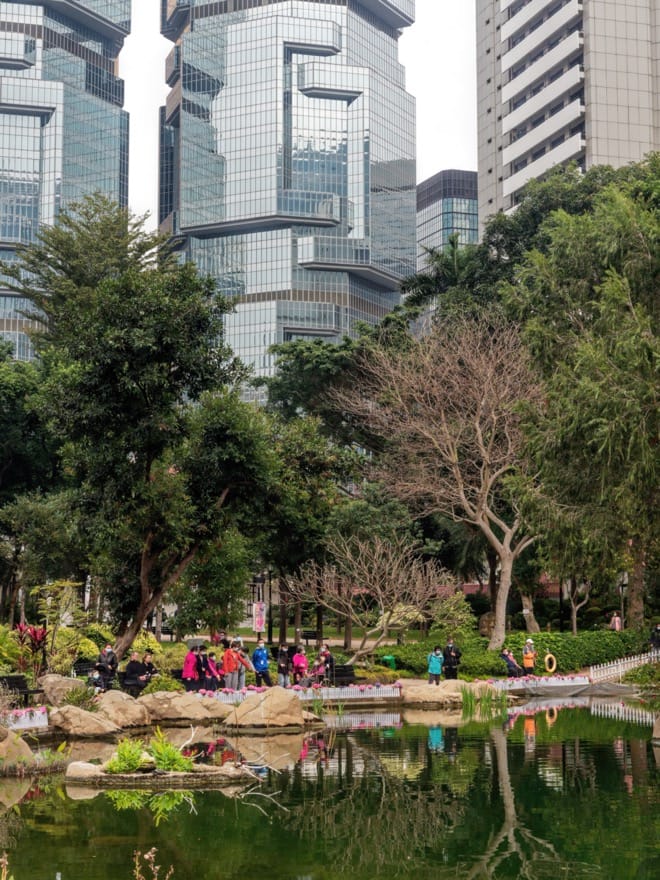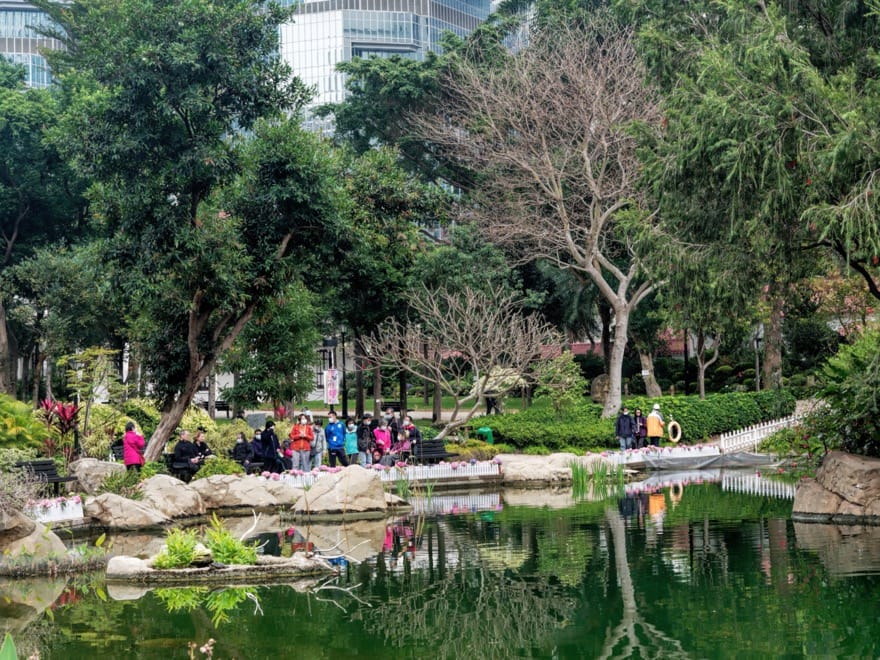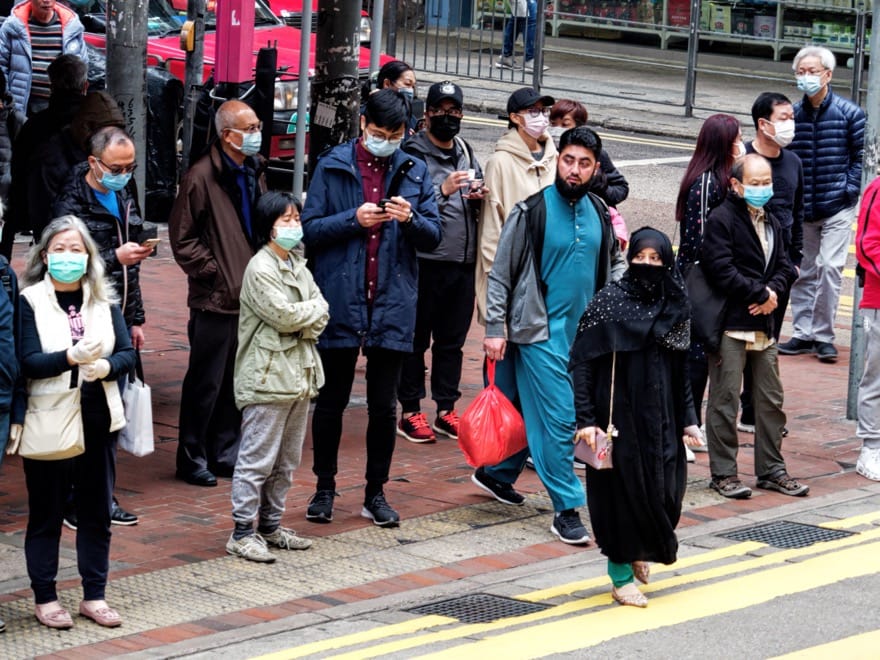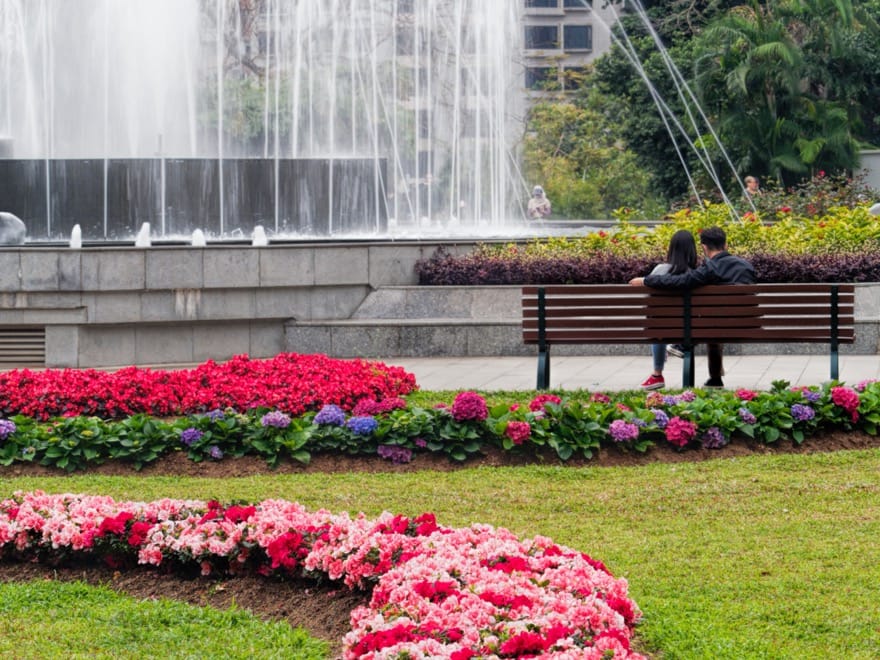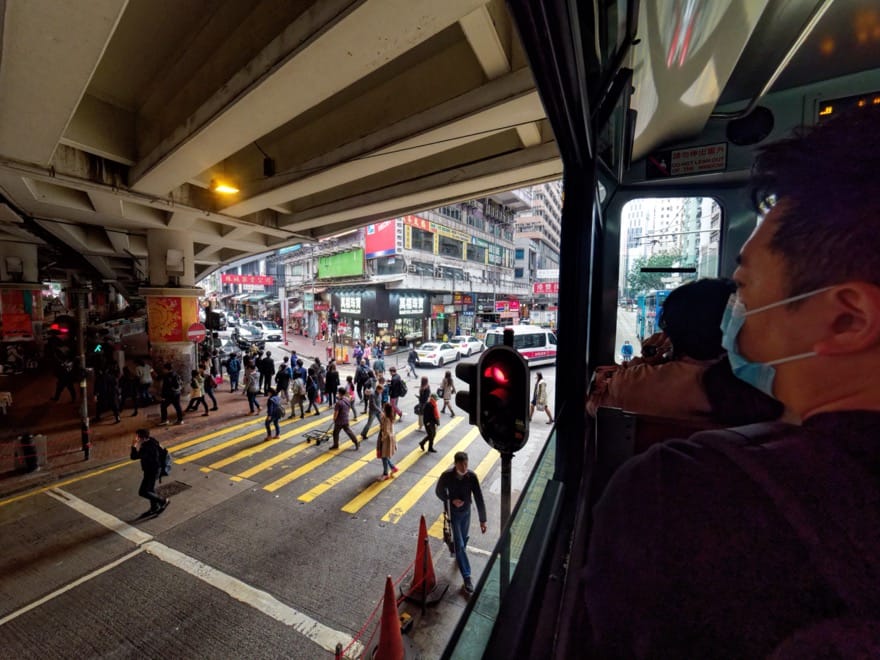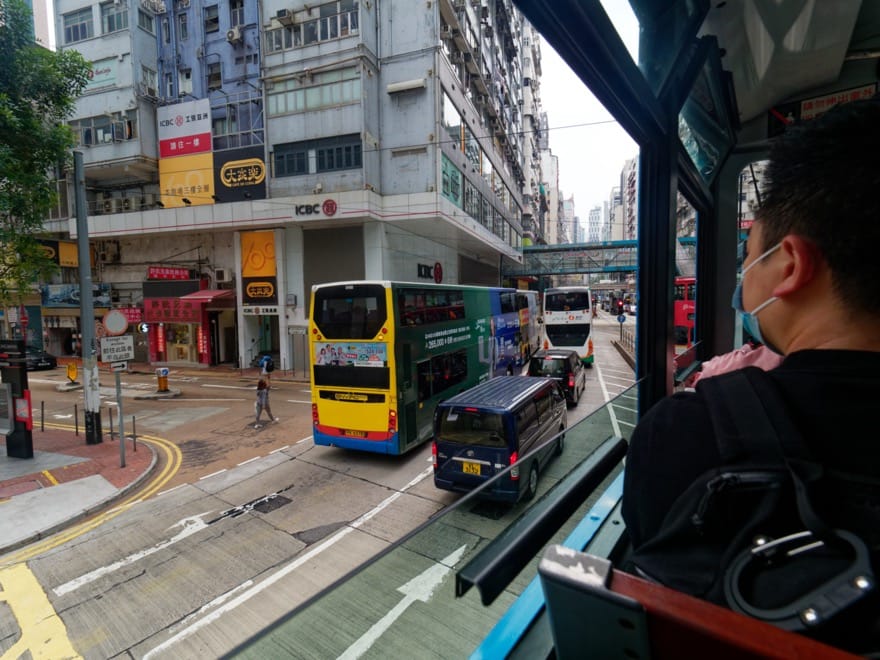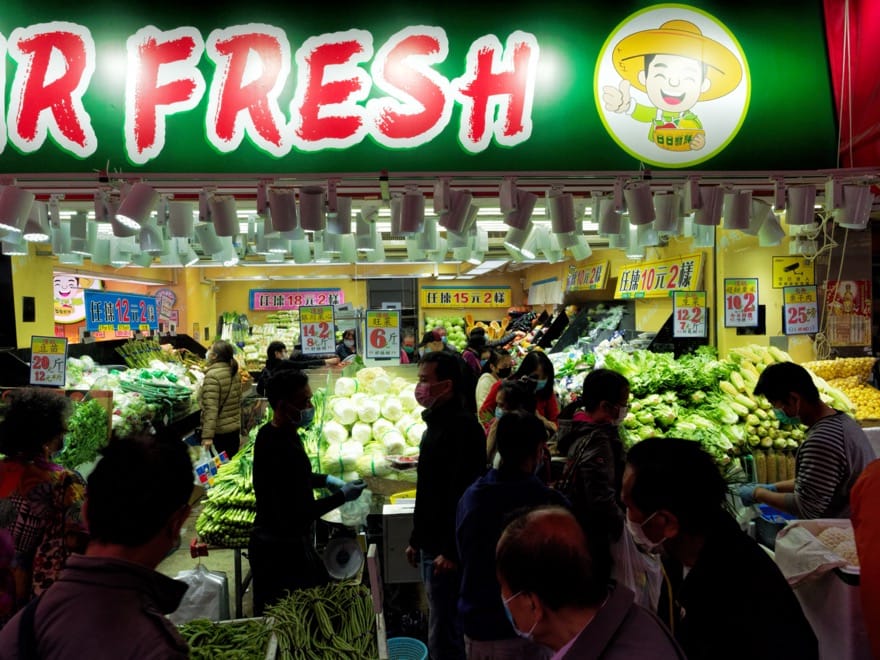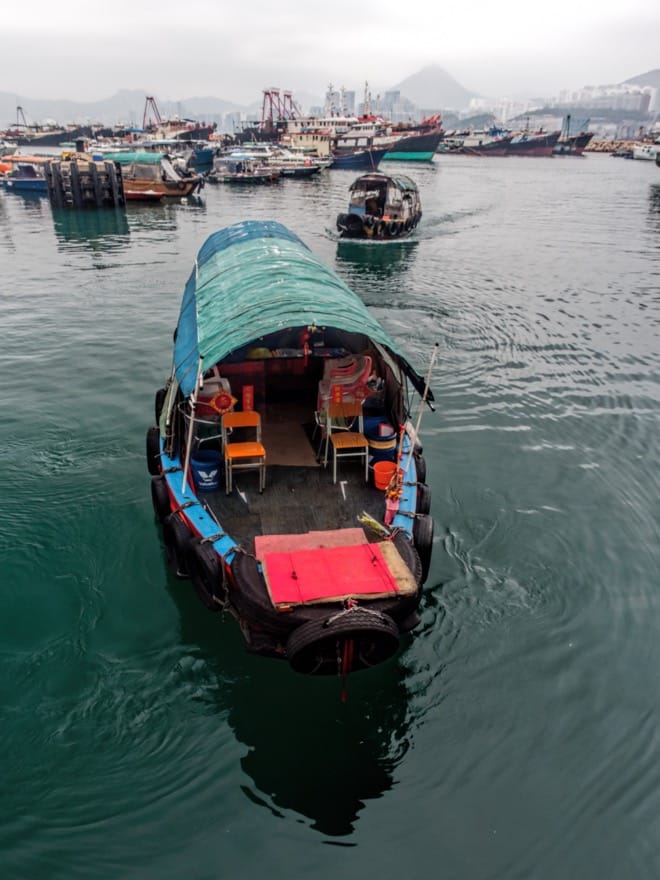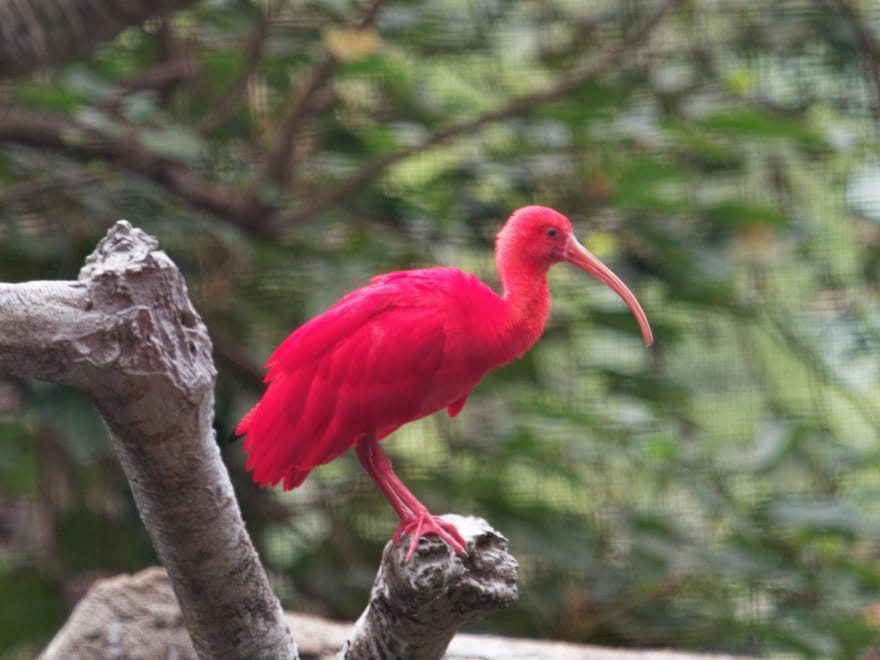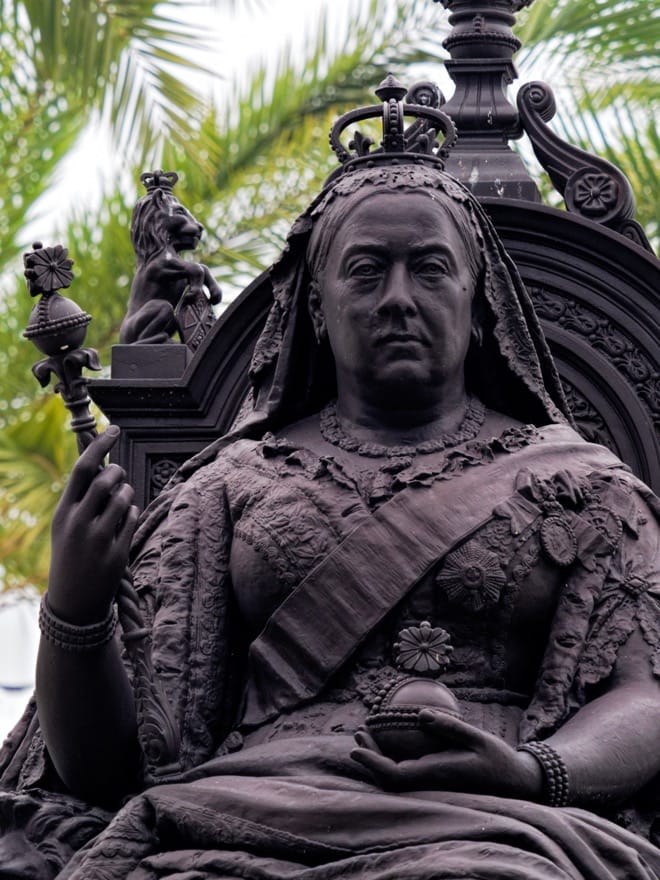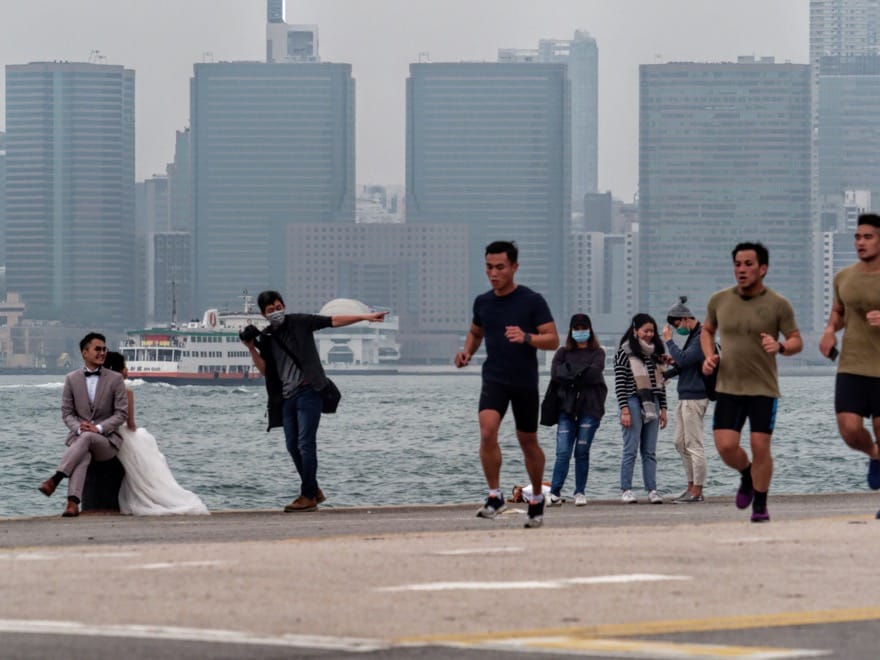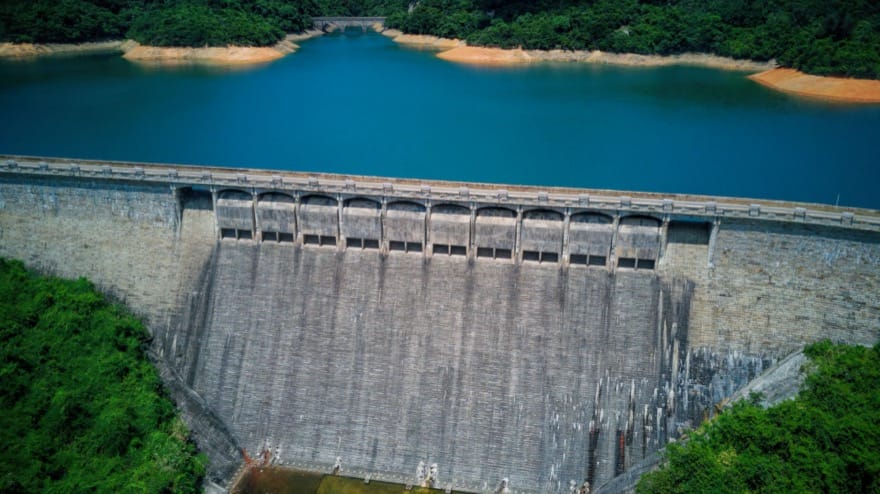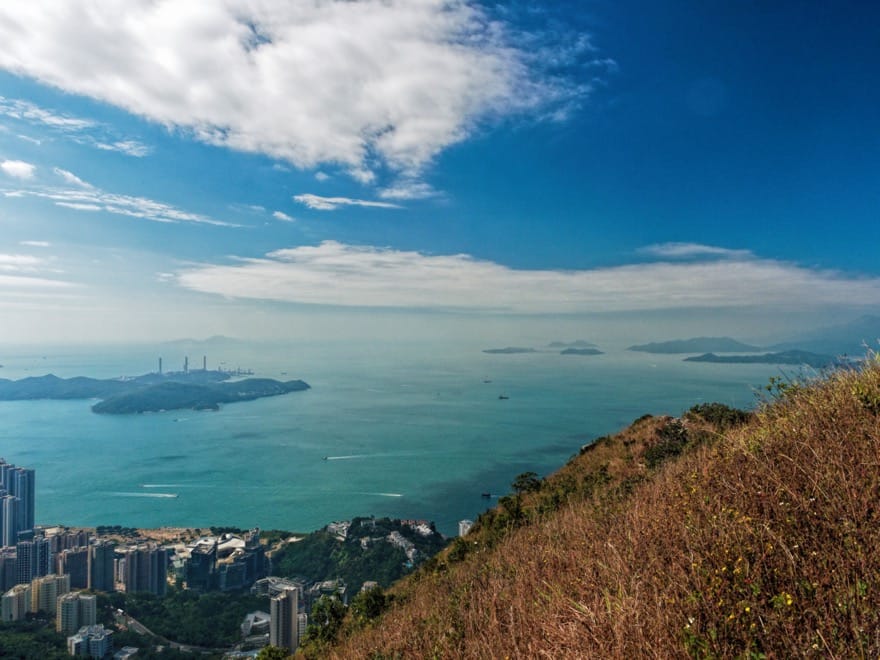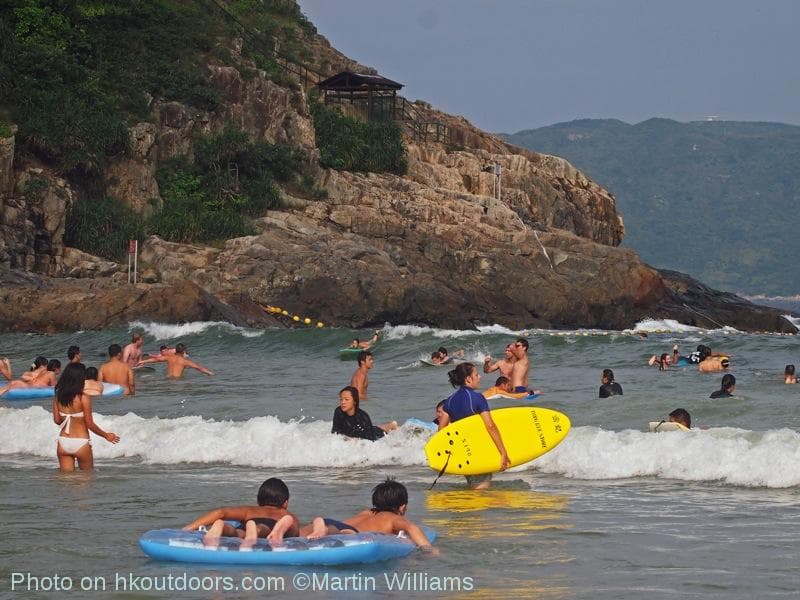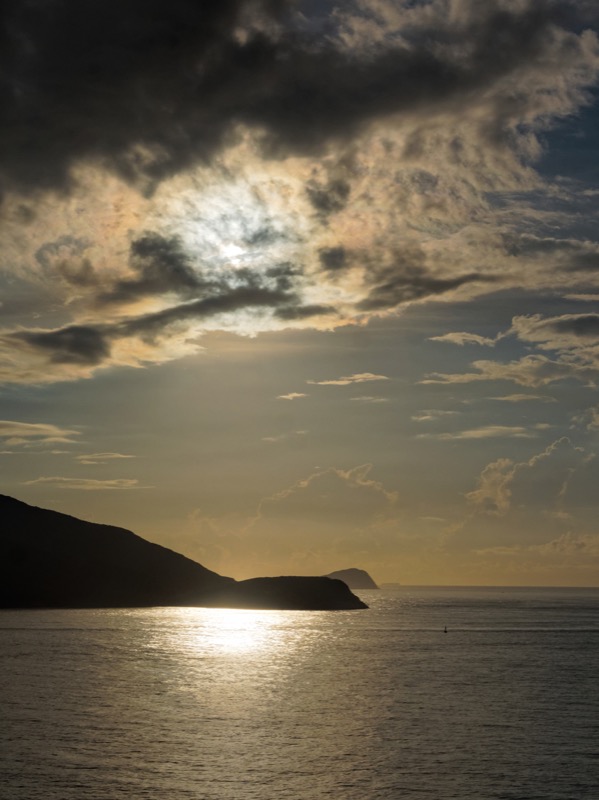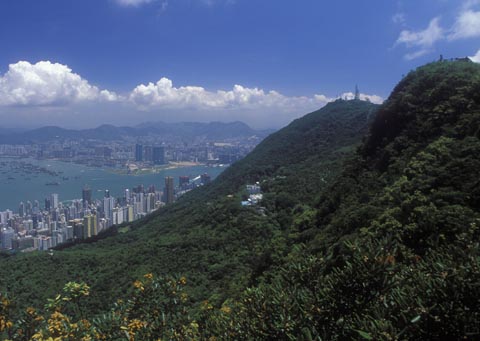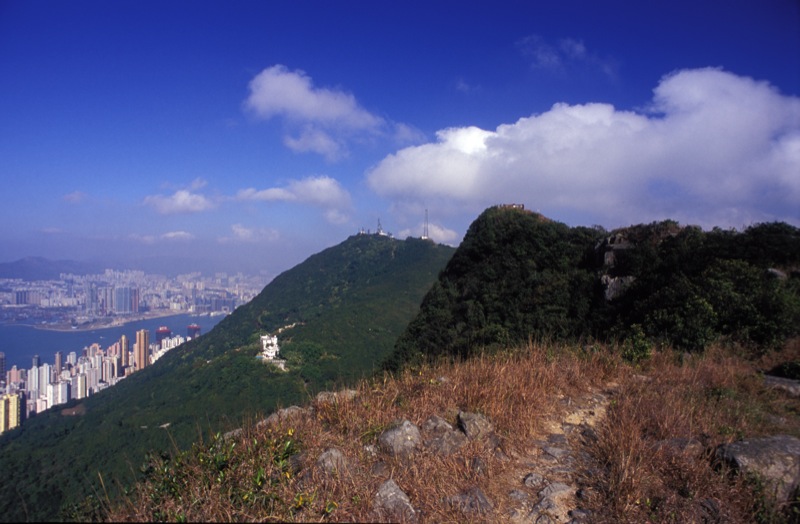Looking for a definition of “cabin fever”, I find Merriam-Webster gives, “Extreme irritability and restlessness from living in isolation or a confined indoor area for a prolonged time.” And in these weeks, months – or is it years, even decades? – of looming coronavirus pandemic, perhaps one of the main afflictions in Hong Kong today is cabin fever.
Happily, there is a ready cure: get out and about!
Ideally, this might mean heading for a long hike in areas remote from the city. But not everyone is a hiker, or has time to spare, so here’s an option for a trip spanning some 13km across the north shore of Hong Kong Island, travelling by tram and on foot.
Along with being cheap, the tram seems an appealing option at this time as the windows can be opened, allowing in relatively fresh air. Add walking, and the outing includes exercise, and should be doable without need for a face mask [with original Covid, probably; with Omicron, say, mask seems advisable unless some free space between you and other people, outdoors].
Exploring Shau Kei Wan from coast to market
While it’s easy to join the route almost anywhere, the full outing starts near the east end of the tram line, on the promenade by Shau Kei Wan Typhoon Shelter. This is near the 450-metre wide Lei Yu Mun (Carp Channel), where in the late 19th century defences were built to guard this approach to Victoria Harbour. Today, a bunker and various relics are protected in the Museum of Coastal Defence, which may be interesting but is closed for a major revamp that should be completed during this year.
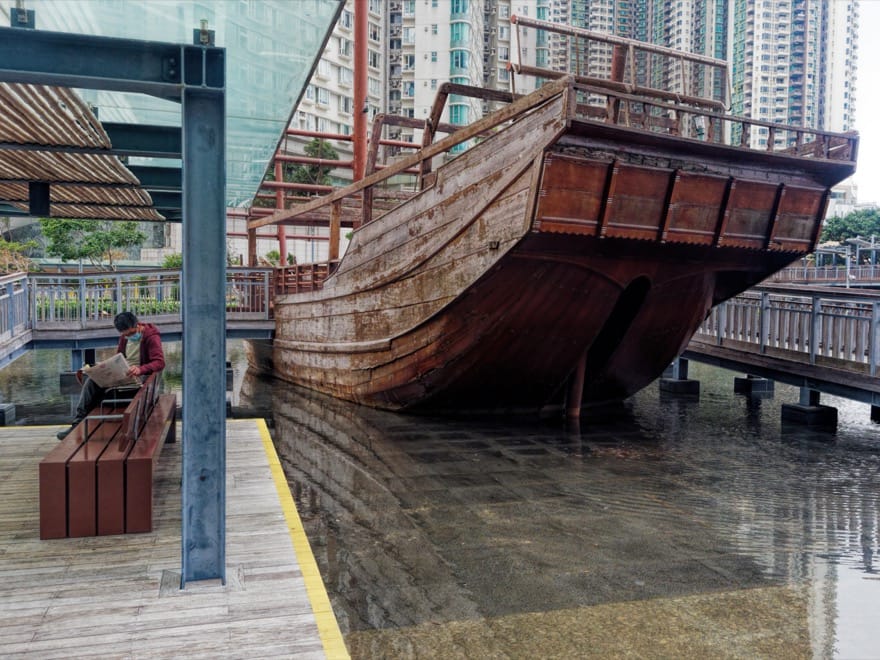
The typhoon shelter is beside high-rise apartment blocks, and hosts a handful of fishing boats, along with tens of smaller craft, including sampans serving as water taxis. The grandly titled Eastern District Cultural Square is beside the southeastern corner, and while it might be lively when there’s a cultural performance, it’s often just an empty concrete area beside an outdoor theatre stage partly sheltered by an orange backdrop. An adjoining children’s playground next to it looks more fun, and around ten minutes walk west along the promenade, you can turn inland, and through Aldrich Bay Park.
According to the Architectural Services Department website, this park was created with “fishing village” as the theme, and has won awards for design and architecture. Yet while a wooden fishing boat sits motionless in a shallow pool, there’s little similarity to any real fishing village. The “huts” are modern shelters, the lawns and shrubberies are so manicured the park has green colour yet is almost sterile. At least you can frolic on a lawn, if you wish – and walk through towards a tram stop on Shau Kei Wan Road.
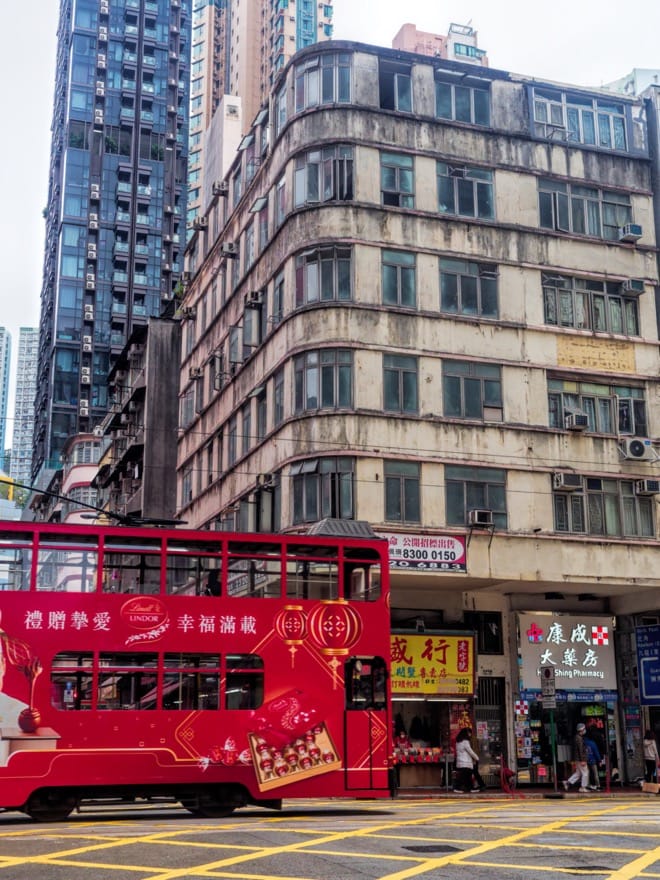
Near the tram stop, there are fruit and meat stalls along Shing On Street, almost forming an outdoor market for a district dating back well before the ageing tenement buildings and shiny new housing blocks. As the tram trundles wesward, there are plenty more opportunities for watching street life, nowadays with shoppers and office workers wearing face masks to try and ward off the invisible peril stalking the city.
Victoria Park and the Noonday Gun
Just past Tin Hau, there’s a chance to alight and walk through Victoria Park. The soccer fields seem oddly quiet without protests starting, exhibitions being held, or even soccer matches in progress. A statue of Queen Victoria appears suitably not amused. Paths wind through the wooded north of the park, and there’s a footbridge across to the Causeway Bay Typhoon Shelter.
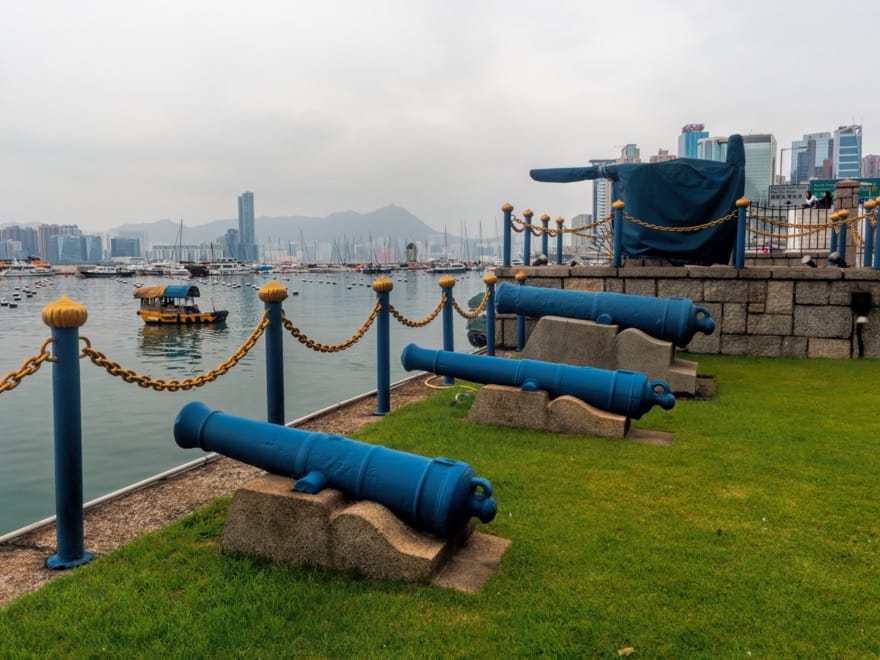
This is similar to but posher than the typhoon shelter in Shau Kei Wan, hosting the Royal Hong Kong Yacht Club. A couple of minutes’ walk west of the bridge, an open air compound hosts the Noonday Gun. Here, in the 19th century, a naval gun was fired at noon each day, as a time signal. While no one sets their clocks by it now, a newer gun is still fired to continue this tradition, and for half an hour afterwards the compound is open to the public. Otherwise, it is silent here, and the gun is covered by tarpaulin.
Close by, there are steps down to a tunnel beneath Victoria Park Road, which affords a convenient way towards Hennessy Road, for another tram ride.
Walks in the parks, by fountain and aviaries
Onwards and westwards; and Admiralty MTR station may not seem an obvious place to stop during an excursion focused on the outdoors. But walk into Pacific Place, and a series of escalators lead up and out, to entrance to Hong Kong Park.
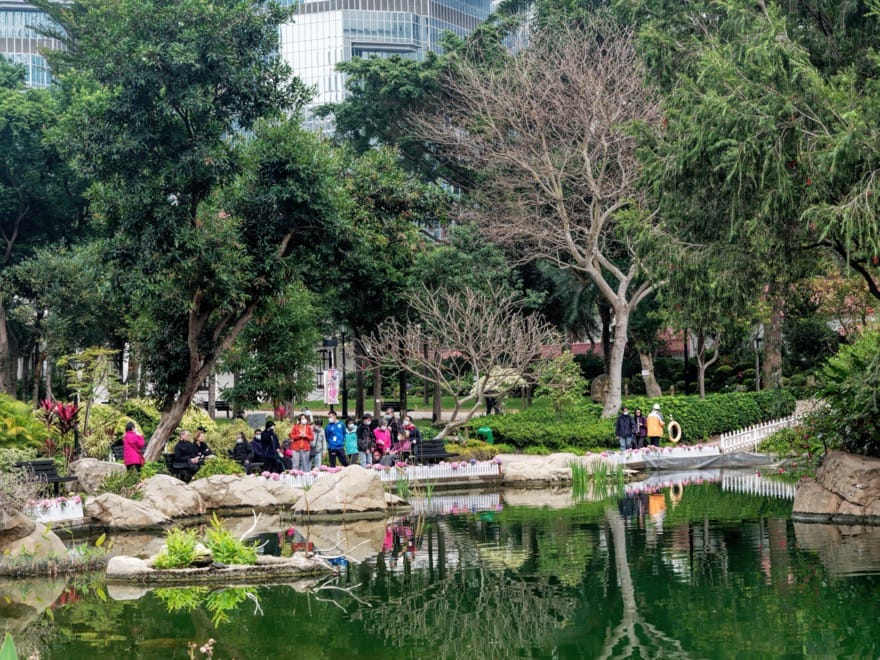
This is perhaps the best of Hong Kong’s city parks. There are shrubs with splendid flowers, and a host of fine trees. Paths circuit a landscaped pool that’s home to colourful carp; above this, you can walk a winding path past an artificial waterfall. Higher up, there’s the entrance to a huge, walk-through aviary, which was sadly closed as Hong Kong combated coronavirus.
From here, it’s just a short walk to the top of the park, with exits to Kennedy Road. Turn right here, and you can soon enjoy more landscaped greenery, in the Zoological and Botanical Gardens. This is the oldest park in Hong Kong, fully opened to the public in 1876, with highlights including a grand fountain amidst lawns and flowerbeds. It’s a fine place to relax, and enjoy views over Central. Aviaries host a wide variety of birds, such as eyecatching scarlet ibises that are native to South America and the Caribbean.
Normally, a western section of the gardens is open to the public, and cages here hold mammals rather than birds. But this was closed due to coronavirus, so now you might walk down Albert Road, then pass through Lan Kwai Fong area, and rejoin the tram route.
Street art, and the paparazzi pier [[shutterbugs’ pier]]
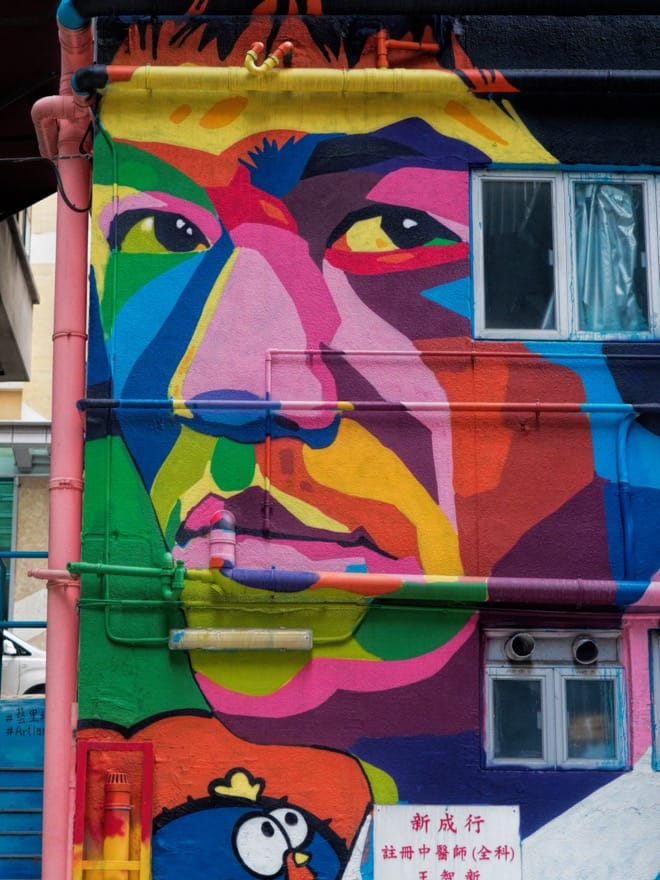
The next stop is a quirky one, by the junction of Western Street and Des Voeux Road in Sai Ying Pun. There’s no harbourside, no fine park to roam through. Instead, just to the south, buildings have been decorated with street art, as part of the Artlane redevelopment project by Henderson Land [disclaimer: I’ve done a bit of work for Henderson, inc on this; but I think it’s worth a stop while doing this route. HK Tourism Board mentions, and been on tv show or two]]. Paintings include a girl watering plants, a row of shopfronts enlivening a bare wall, rainbow coloured steps, and a modern art style portrait of Bruce Lee. It takes only a few minutes to walk around and see all the paintings, though you might linger for longer if you’re into taking selfies to share online.
Which almost brings us to the last place on this itinerary: Instagram Pier – or as it’s officially known, Western District Public Cargo Working Area. It’s close to the Whitty Street tram stop, just 500m to the west, so you could walk there from Sai Ying Pun. [Sadly, since closed to the public.]
The pier itself is no beauty – just a 300-metre long, 30-metre wide expanse of concrete. But its setting is grand, in western Victoria Harbour, with expansive views of the city, along with hills of the New Territories and Lantau to the north and west. Add some scattered piles of containers and wooden pallets, old lampposts, and the chance of a splendid sunset when the weather’s fine, and there is ample scope for photography.
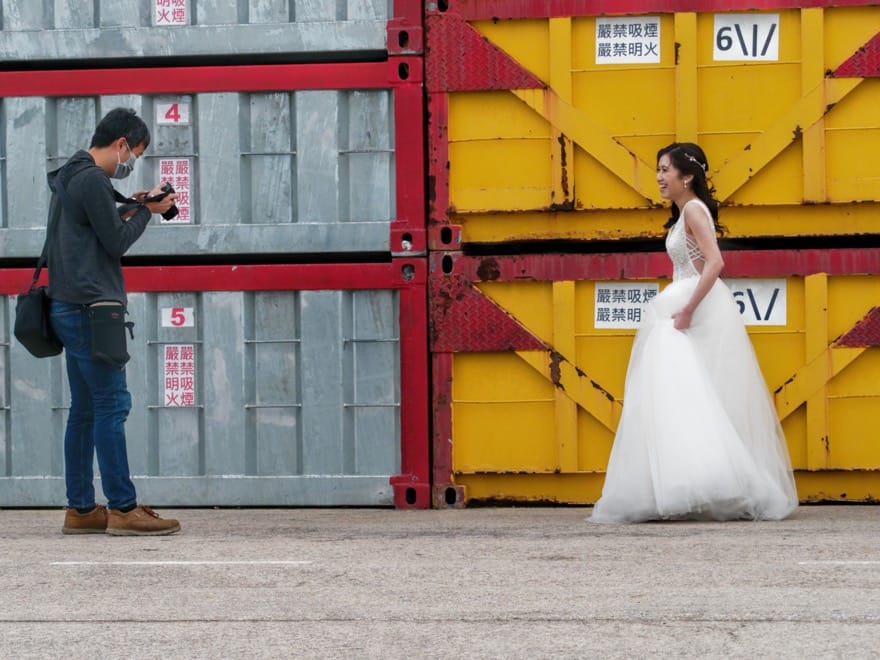
Even if you don’t take photos, the pier is a relatively tranquil place to visit, offering an escape from the hurly burly of the city streets.
And if you want to enjoy more harbour views, an excellent promenade walk – which is still open – leads eastwards to Sun Yat Memorial Park – where you might view a statue of the great man who helped overthrow China’s last imperial dynasty, and wonder how he would view the situation today.
Travel tips
If you’re planning several tram rides, it’s of course advisable to have an Octopus card ready, and sightseeing is usually best from the upper deck, especially at the front. Plus, to blow away potential for coronavirus in the air, make sure the window by you is open. The whole trip might take five hours, allowing plenty of time for looking around, taking photos, and enjoying being outdoors in the city.
[Written for the South China Morning Post]
